
High-Performance Gear Systems | Custom Solutions for Heavy-Duty Applications
Browse our precision-engineered gearboxes, hydraulic spindles, and cast housings – designed for extreme durability, 30% longer lifespan, and seamless OEM integration.Roller chains are essential components in various mechanical systems, known for their durability and efficiency in power transmission. This guide provides an in-depth look at roller chain specifications, applications, and answers to common questions, helping you make informed decisions for your industrial needs.
A roller chain is a series of short cylindrical rollers held together by side links. It is predominantly used in bicycles, motorcycles, conveyors, and industrial machinery for transmitting power between two or more shafts. The design ensures smooth operation, high strength, and resistance to wear, making it a preferred choice in numerous applications.
Understanding the specifications of roller chains is crucial for selecting the right product. Below are the primary parameters detailed in a list and table format for clarity.
| Parameter | Description | Common Values | Applications |
|---|---|---|---|
| Pitch (inches) | Distance between pin centers | 0.25, 0.375, 0.5, 0.625, 0.75, 1.0 | Bicycles, industrial machinery |
| Width (inches) | Inner width between plates | 0.12, 0.15, 0.18, 0.25, 0.31 | Conveyors, automotive systems |
| Roller Diameter (inches) | Diameter of rollers | 0.130, 0.200, 0.250, 0.312, 0.375 | Power transmission, agricultural equipment |
| Breaking Strength (lbs) | Maximum tensile force | 1,500 - 30,000+ | Heavy machinery, mining equipment |
| Material | Construction material | Carbon steel, stainless steel, nickel-plated | Marine applications, food processing |
| Weight (lbs/ft) | Mass per foot | 0.10 - 3.50 | All applications, based on load |
| Lubrication Type | Maintenance method | Oil bath, drip, manual | High-speed systems, dusty environments |
Roller chains are versatile and used across multiple industries. Key applications include:
What is the typical lifespan of a roller chain?
The lifespan depends on usage, maintenance, and environment. With proper lubrication and avoidance of overload, a roller chain can last several years in industrial settings, often ranging from 10,000 to 20,000 hours of operation.
How do I choose the right roller chain for my application?
Consider factors such as load capacity, speed, environment (e.g., corrosive conditions), and sprocket compatibility. Refer to the pitch, breaking strength, and material specifications in our table above, and consult industry standards like ANSI or ISO for guidance.
What maintenance is required for roller chains?
Regular lubrication is essential to reduce wear and prevent corrosion. Inspect for wear, elongation, and damage periodically. Clean chains in dirty environments to avoid abrasive damage. Follow the manufacturer's recommendations for lubrication type and interval.
Can roller chains be used in high-temperature environments?
Yes, but material selection is critical. Stainless steel or heat-treated chains are suitable for temperatures up to 500°F (260°C). For higher temperatures, specialized chains with appropriate coatings or materials are available.
What are the signs of a worn-out roller chain?
Common signs include elongation beyond 3% of the original length, visible wear on rollers and pins, rust or corrosion, unusual noise during operation, and skipped teeth on sprockets. Replace the chain promptly to avoid system failure.
Are roller chains interchangeable between brands?
Generally, yes, if they meet the same specifications (e.g., ANSI standard). However, it's advisable to use chains and sprockets from the same manufacturer to ensure optimal performance and warranty coverage, as slight variations in tolerances can affect efficiency.
How do I measure roller chain pitch?
Measure the distance between the centers of three consecutive pins and divide by two. For example, if the distance from pin one to pin three is 1 inch, the pitch is 0.5 inches. Use a caliper for accuracy.
What is the difference between single-strand and multi-strand roller chains?
Single-strand chains have one row of rollers and are suitable for lighter loads. Multi-strand chains (double, triple, etc.) have multiple rows for higher load capacity and are used in heavy-duty applications. The choice depends on the required breaking strength and space constraints.
Can roller chains be repaired or must they be replaced?
Minor repairs like replacing damaged links are possible with proper tools, but extensive wear often necessitates full replacement to maintain safety and efficiency. Always assess the chain's overall condition before attempting repairs.
Do roller chains require special installation tools?
Basic tools like chain breakers for sizing and master links for assembly are commonly used. For large industrial chains, hydraulic press tools might be needed. Follow the manufacturer's instructions to avoid damage during installation.
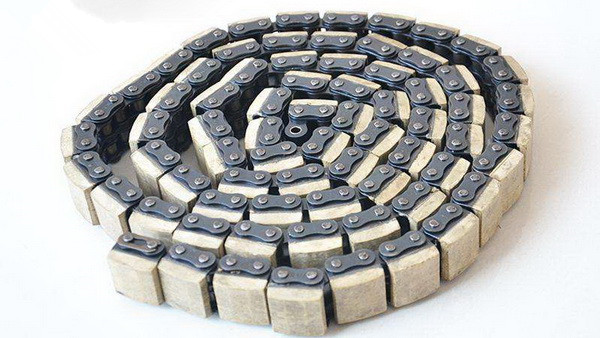



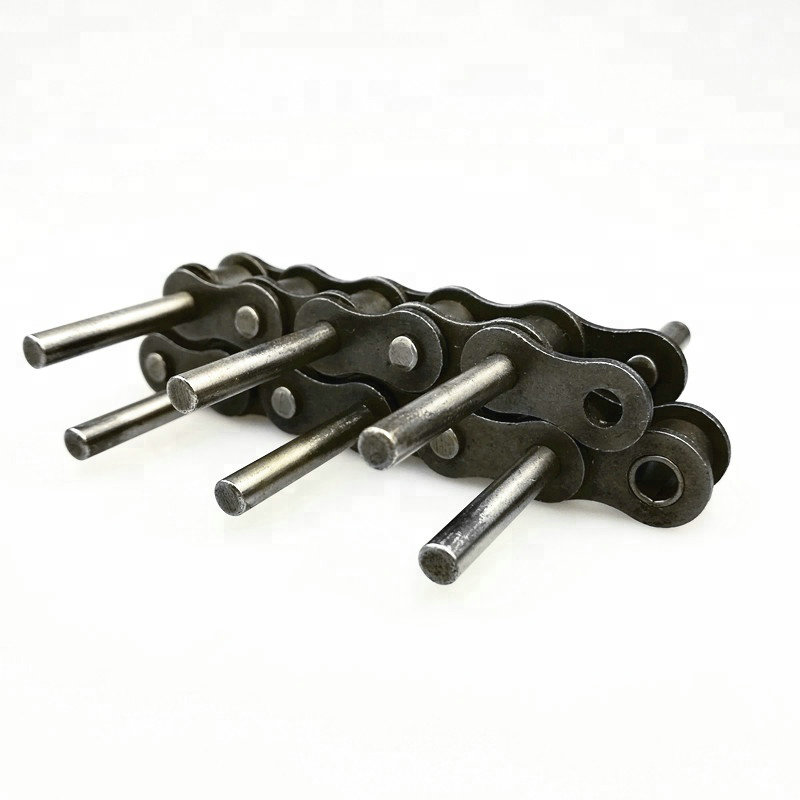
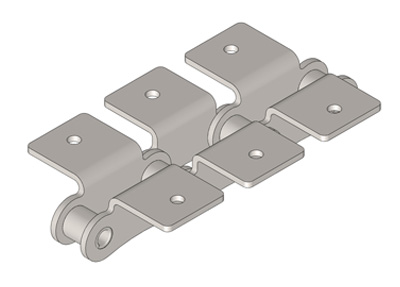
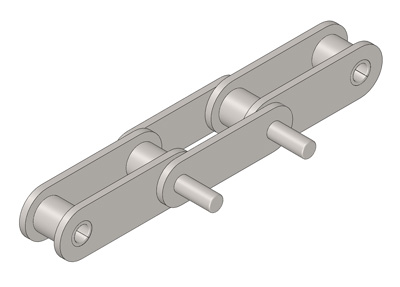
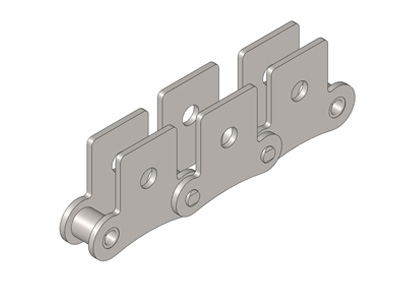
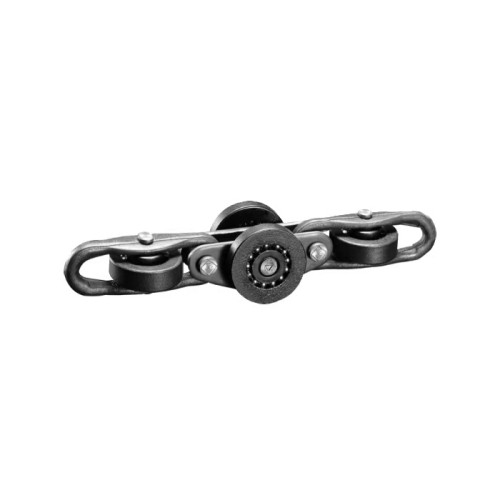

Copyright © Raydafon Technology Group Co.,Limited All Rights Reserved.